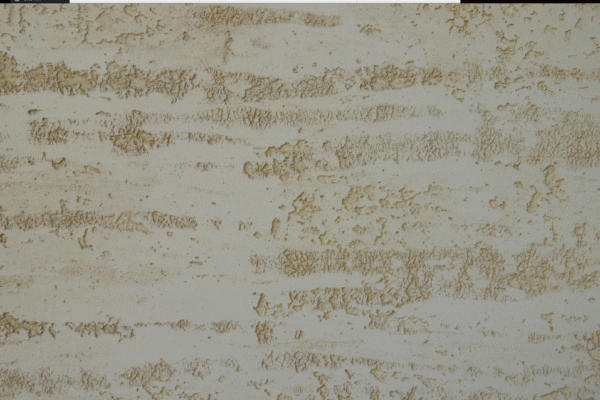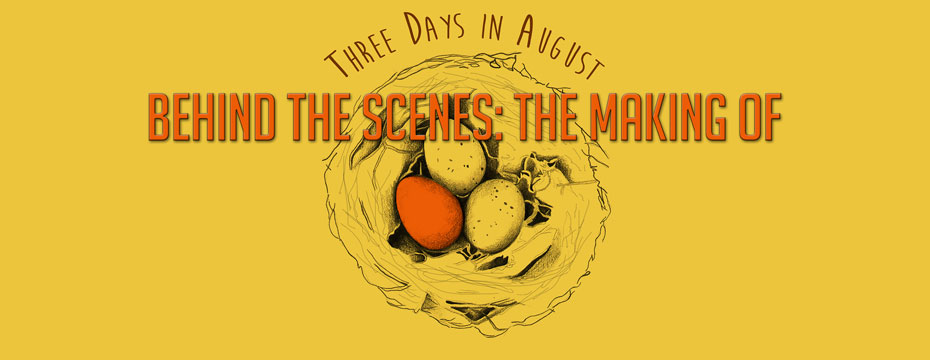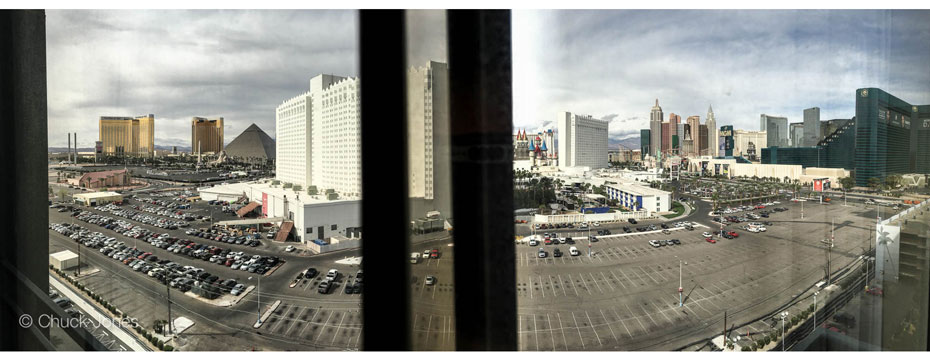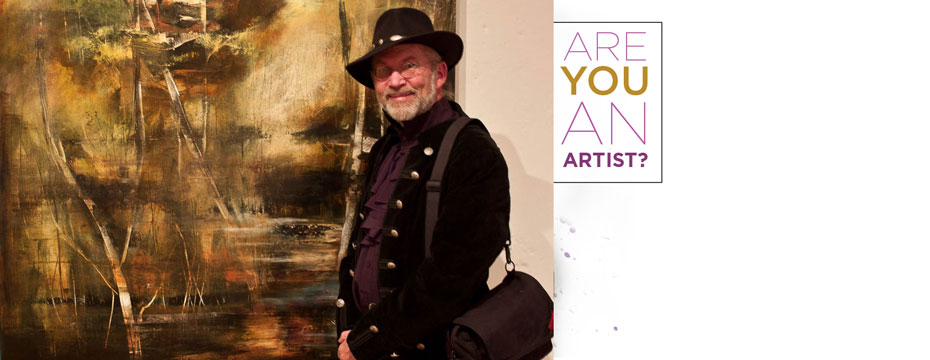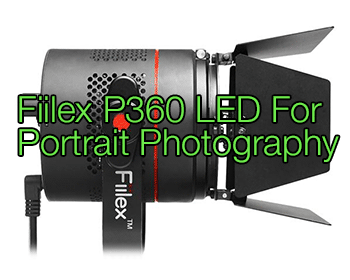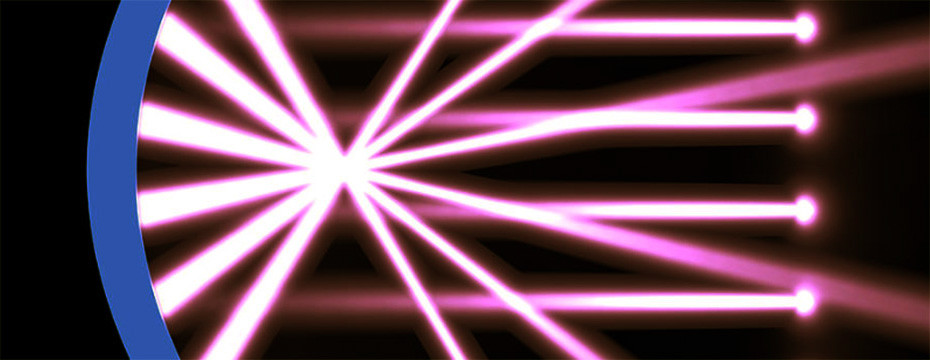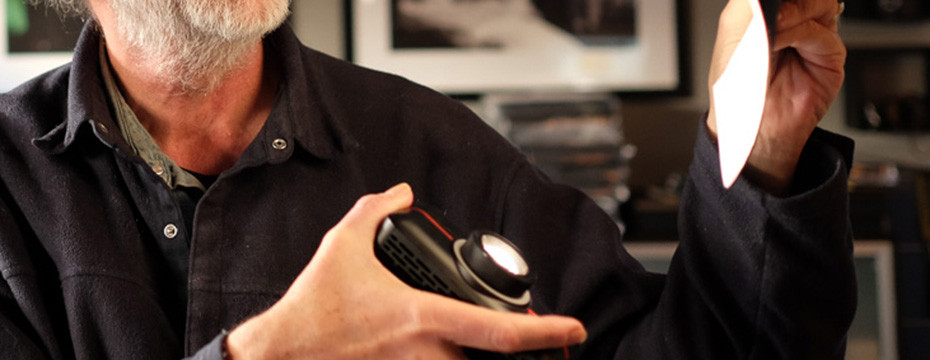
Fiilex P100: The P = Pretty!
Pay Particular Attention II from TheCameraForum on Vimeo.This video is about Paying Particular Attention to what goes on behind the scenes, where the real dealing takes place. [Pay Particular Attention Song and Video ©2013 Suzanne Birrell as performed by Cats With Class: Victor Arno on Drums; Suzanne Birrell on Bass & Vocals; Evan Hauser on Trumpet & Vocals; James Liu on Clarinet & Sax; Julie Morgentaler on Vocals & percussion; George Woo on Keyboard. Produced by Chuck Jones.]
I’ve used all kinds of photography lighting over the years, none of them any better than the light provided by this Fiilex P100. I’ve struggled for over a year to find a decent portable light to carry with me for those inevitable times when I have no choice but to either add light or not get the shot. Still photography is bad enough, but for video the challenge is always one of gauging then providing sufficient light to accommodate a reasonable exposure.
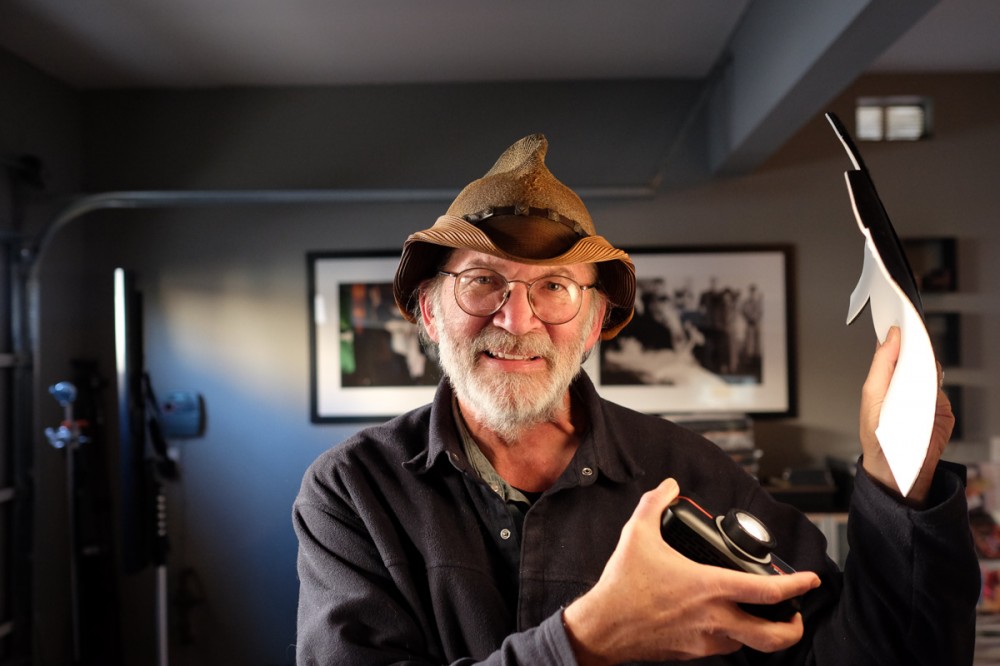
The Fiilex P100 Is Strong Enough To Use Aa Bounce For Fill
Most of the portable LED lights I have tried before the Fiilex P100 fell into two camps. Camp one is sufficient light output however CRI below 90 means there can be some serious color problems that are going to be difficult if not impossible to correct in post. Not fun to go to the time, trouble, and expense of lighting a scene, only to get back to the office calibrated color monitor to discover how poor the CRI rendering index is of that cheap LED light. Skin that goes gray is great for a Hollywood horror film, but usually not acceptable for my normal client work.

Paul Gero Checks Out The Fiilex P100
Camp two are lights where the output is simply too weak to be of much use. Often, this type of LED employ lenses to amplify and focus the light into more of a spot than a flood. While this may be fine for flashlights, it is disaster for photography. Tiny pin-prick sized hot spots are always my result, and not very pretty nor cinematic. More like 1970’s Disco lighting than something suitable for a cinematic film. Try as I might, I failed miserably to formulate a workflow for this type of low power lighting that produced acceptable, consistent results for me on location. The light output was too weak to bounce or use any type of soft box. Even shooting live music events as I do, where strange color is the rule of thumb, the color from these LED’s was un-natural, so far off that the end results were unacceptable most of the time. Better no light than ugly light.
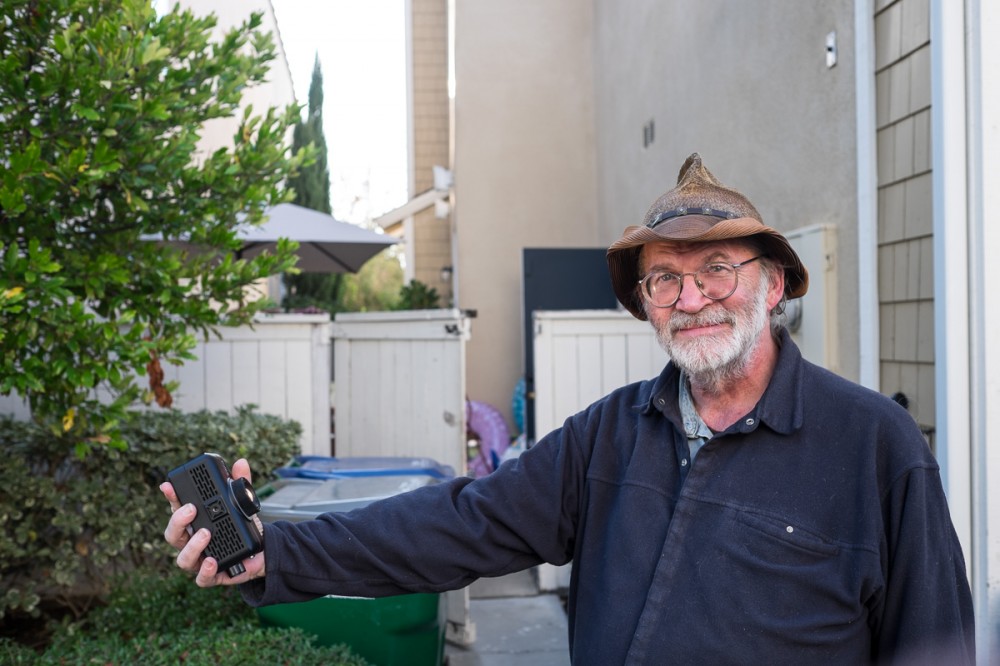
The Color Temperature Adjustment On The P100 Is Perfect To Add Some Warmth On Cool Cloudy Days.
Then one day in Samys Camera Store I came upon the Fiilex P100 . I have been using a set of three Fiilex P360 lights for several months, and find them to be excellent for my type of work. Here was a light that was strong enough to provide the power when I need it but can be dimmed down to a reasonable low working output when necessary. A light that will give me a hard light direct, a softer light bounced or filtered with a hotbox, adjustable color temperature, reasonable weight, excellent portability, and a high CRI index, which means it is pretty light also. One test in store, and the P100 left in my bag and comes out as often as required. Not because I get paid to say nice things, I don’t get any compensation from Fiilex, though with such a superior product I would be proud to have Fiilex as a sponsor. I’m saying nice things because the Fiilex P100 light is Pretty. Now how’s that for being scientifically objective?
PLEASE RATE THIS STORY! [ratings]



